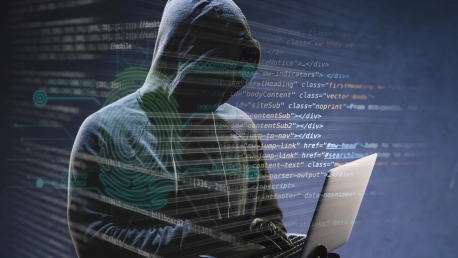In a sophisticated cyber-espionage campaign, Russian hackers succeeded in infiltrating Microsoft’s email systems. This breach was not the result of a frontal assault on Microsoft’s defenses; instead, it showcased the guile of experienced hackers. By exploiting vulnerabilities in widely used software protocols, the attackers were able to surreptitiously insert malicious code into the company’s routine operations.
Establishing a Foothold
Once they had established a foothold, the hackers leveraged this position to gain deeper access. They effectively camouflaged their presence, making it appear as if the activities were legitimate operations conducted by the company’s own employees. Through this method, they managed to exfiltrate sensitive material, including crucial passwords that potentially compromised not just Microsoft but a range of U.S. government agencies.
The Aftermath and Response
The discovery of such a breach set off alarm bells within the cybersecurity community. The Cybersecurity and Infrastructure Security Agency (CISA) issued a directive, initially kept out of the public eye, demanding all affected agencies to change their authentication details immediately. This directive also urged these bodies to investigate the reach of their data exposure thoroughly. An intense security overhaul followed within these agencies as they raced to bolster their digital defenses and mitigate any damage done.
The Persistent Threat of Cyber Espionage
This incident is a stark reminder of the persistent threats in our interconnected digital world. It underscores the importance of robust cybersecurity measures and constant vigilance, as nation-state actors continue to target invaluable digital assets for their strategic gains.









